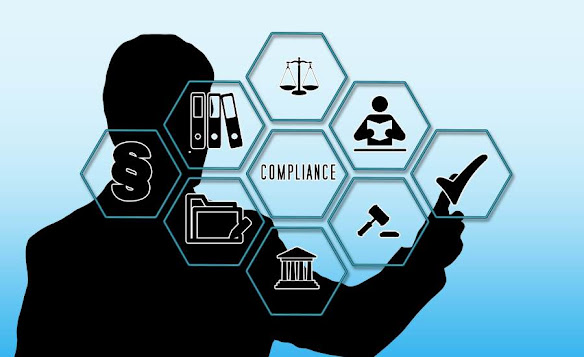Advantages of Security Policy Templates – A Guide to Know About

In today's digital landscape, where threats and vulnerabilities abound, safeguarding sensitive information is imperative. Whether you're a burgeoning startup or a multinational corporation, robust security policies are indispensable. These policies form the foundation of your organization's defense against cyber threats, delineating protocols and procedures to mitigate risks effectively. In this piece, we'll explore the realm of security policy documents, illuminating their significance, creation process, and standards such as ISO 27001. Security policy documents How to Draft a Security Policy Document? Drafting security policy documents requires a meticulous approach to ensure comprehensiveness and efficacy. Here's a step-by-step guide: Assessment: Conduct a thorough assessment of your organization's assets, risks, and compliance requirements. Identify potential vulnerabilities and relevant regulatory standards. Scope Definition: Clearly define the scope o





.jpg)